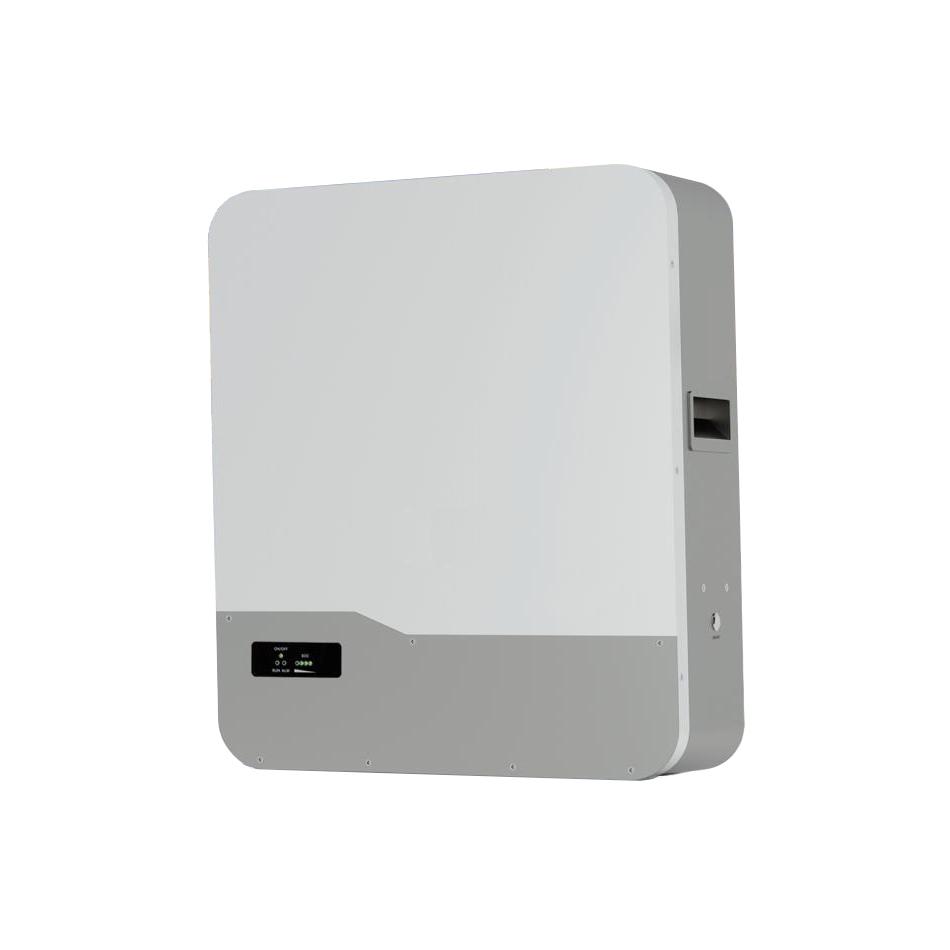How Home Energy Storage Systems Align with Different Users Electricity Consumption Habits
With the changing energy landscape and rising environmental awareness, home energy storage systems have gradually entered the public eye as an innovative solution for household electricity management. Especially in Europe and North America, as electricity demand continues to grow and the pursuit of a green, low-carbon lifestyle intensifies, more and more households are focusing on optimizing their electricity consumption and reducing energy costs. As an efficient energy management tool, home energy storage systems can help users store and use electricity in different consumption scenarios to meet daily energy needs and emergency power supply demands. So, how do home energy storage systems align with the varying electricity consumption habits of different users? We will explore this question in detail from the following perspectives.
Adapting to Household Peak Electricity Consumption Times
Energy Storage Systems Provide Power Balance for Households
Households typically experience significant peak consumption periods, especially in the mornings and evenings, when appliances such as air conditioners, water heaters, TVs, and refrigerators are in heavy use, leading to a sharp rise in electricity demand. In these situations, the traditional power grid may face the problem of overload. Home energy storage systems can store electricity in advance and release it during peak times, helping users balance their electricity load and avoid the power supply strain caused by peak consumption.
Avoiding High Electricity Costs During Peak Hours
For many households, electricity costs during peak hours (such as in the evening) are usually higher. Home energy storage systems can store electricity during off-peak times (such as at night) when electricity rates are lower and release it during peak times, reducing high electricity expenses. This "time-of-use pricing" strategy not only helps households save on energy costs but also reduces reliance on the power grid, enhancing the independence of household electricity use.
Meeting the Personalized Electricity Needs of Different Household Members
Providing Customized Power Support for Different Family Members
Each family member has unique electricity consumption needs and habits. Some may wake up early and stay up late, requiring more energy for appliances like hot water systems and air conditioning, while others may have lower energy demands. The home energy storage system can allocate electricity flexibly and intelligently based on the actual needs of family members, ensuring each member gets adequate power supply at different times of the day.
Smart Management for an Enhanced User Experience
Home energy storage systems are typically equipped with intelligent management systems that allow users to monitor and adjust power usage remotely via mobile apps or home control systems. For instance, users can prioritize the supply to important appliances, ensuring they are powered at all times. The system can also learn from the user's consumption habits and optimize energy storage and usage strategies, further enhancing efficiency and cost-effectiveness.
Responding to Emergency Power Needs in Special Situations
Dealing with Unexpected Power Interruptions
In certain regions, power supply may be unstable or occasionally interrupted, especially during extreme weather conditions such as snowstorms or hurricanes. Home energy storage systems can act as an emergency power source, providing short-term electricity support during power outages to ensure that essential household devices such as lighting and communication equipment continue to function. This eliminates worries about sudden blackouts, ensuring that the quality of life remains unaffected.
Supporting a Low-Carbon Lifestyle
As environmental awareness grows, more households are adopting low-carbon lifestyles to reduce dependence on fossil fuels. Home energy storage systems can work in tandem with solar power systems to store renewable energy, such as solar energy, and provide green power. This "green energy storage" model not only helps reduce a household's carbon footprint but also increases the efficiency of renewable energy use, promoting a more sustainable lifestyle.
Adapting to the Electricity Needs of Different Household Sizes
Differences in Electricity Needs Between Small and Large Households
The electricity consumption requirements of households vary significantly depending on their size. Smaller households may have relatively lower electricity demands, while larger households generally consume more power. Home energy storage systems can be customized according to the needs of different household sizes. For example, small apartments may opt for smaller-capacity storage systems to meet basic electricity needs, while larger families can choose systems with higher capacities to accommodate greater consumption.
Modular Design for Flexible Expansion
As household size or electricity needs change, home energy storage systems typically feature a modular design that allows users to expand or adjust the system as needed. If the number of family members increases or power consumption grows, users can easily add storage capacity to ensure the system continues to meet power supply demands. This flexibility ensures the long-term viability of the home energy storage system.
Deep Integration with Smart Home Systems
With the rise of smart homes, the integration between home energy storage systems and smart home technologies has become increasingly seamless. Home energy systems not only store and manage electricity but can also collaborate with other smart home devices to enable intelligent power distribution. For example, users can monitor their electricity usage through the smart home system and automatically adjust the charging and discharging strategies of the storage system, ensuring efficient energy use and optimizing household energy expenditures.
Conclusion
Home energy storage systems, as an advanced energy management solution, offer precise power support tailored to the electricity consumption habits and needs of different users. Whether it's for balancing electricity loads during daily peaks, providing emergency power in special situations, or supporting a low-carbon lifestyle, home energy storage systems demonstrate strong adaptability. With ongoing technological advancements and the growing popularity of smart homes, these systems will better align with the needs of diverse households, providing users with a more efficient, convenient, and sustainable energy experience. If you have any questions or needs regarding home energy storage, feel free to contact us for a professional solution.
Next:CALB Drives Innovation with Dianchi Lake First Hybrid Algae-Cleaning Vessel
Previous:Sungrow Launches iHomeManager: The Smart Energy Solution for a Sustainable Future
